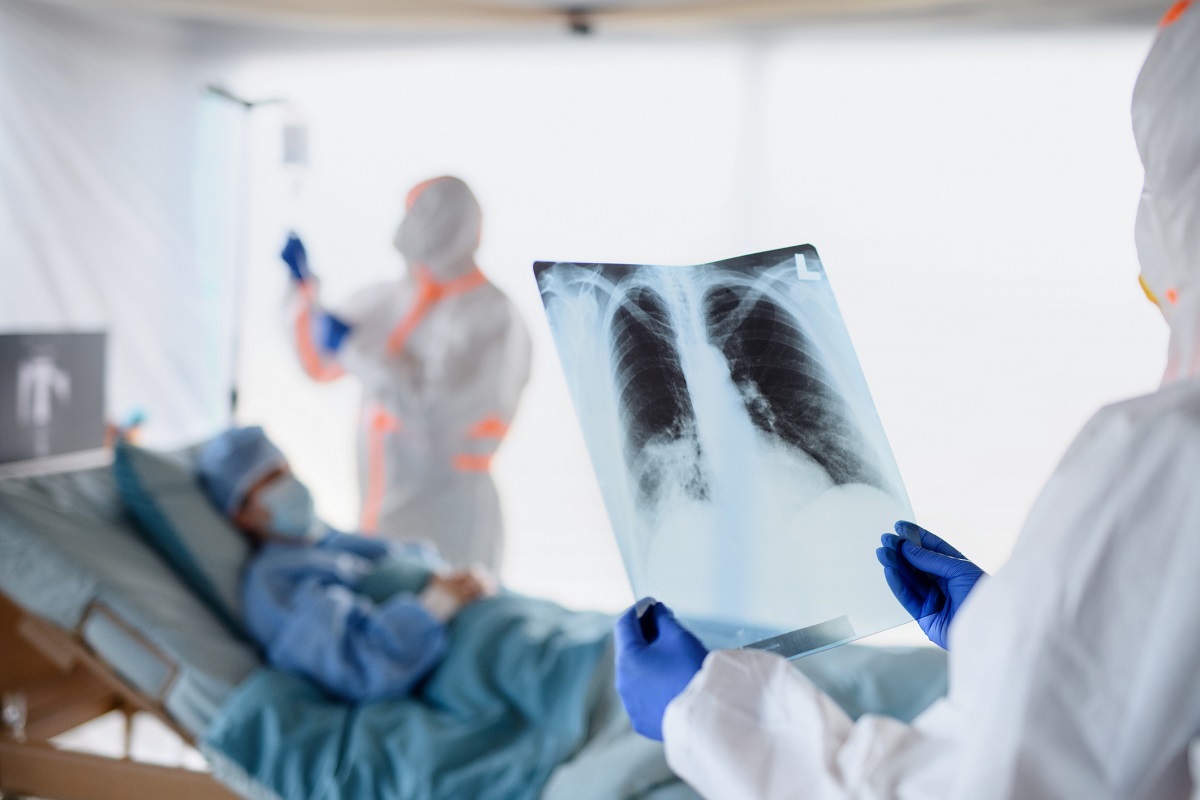Suzanne Lazaroo
20 April 2020: With the COVID-19 pandemic ramping up in many countries, a global collaboration of physiotherapists has come together to publish guidelines for frontline ICU physiotherapists around the world.
“Physiotherapy in the ICU plays a large part in the recovery of COVID-19 patients,” said Dr Bernie Bissett, Discipline Lead in Physiotherapy at the University of Canberra’s Faculty of Health.
“This means that ICU managers and physiotherapy departments are staring down the barrel of the COVID-19 crisis, grappling with the potential influx of many unwell patients who would need physio treatments.”
As such, clinical guidelines for effective planning and staffing, best practices and risk management are crucial to maximise efficacy and keep patients and clinicians safe.
“It made little sense for every centre or department to have to write their own guidelines,” said Dr Bissett. So she joined a group of colleagues and collaborators from Australia, the United Kingdom, Canada and Hong Kong to come up with guidelines that could be scaled to any local healthcare context.

The group was initiated by Ianthe Boden, Cardiorespiratory Lead Physiotherapist at Launceston Hospital in Tasmania.
“Dr Peter Thomas – who heads the Physiotherapy Intensive Care and Surgical team at the Royal Brisbane and Women’s Hospital – then led the team to develop the guidelines,” Dr Bissett said.
Drawing on all available research and their combined clinical experience, the group immersed itself in an intensive back-and-forth collaboration that saw the clinical guidelines drawn up in just one week.
These were then open access published in the Journal of Physiotherapy, and made available to all via social media. They are already being translated into a dozen other languages.
“We considered the physiotherapy treatments available, and used existing evidence to advise which are safe and which are risky with COVID-19 patients,” said Dr Bissett.
The guidelines stress that personal protective equipment (PPE) is essential.
“Because so many of our physiotherapy treatments can make a patient cough – and a single cough can aerosolise virus particles – our work is particularly risky,” said Dr Bissett. “All healthcare workers working with COVID-19 patients need to take full precautions for airborne disease.”
“We’ve seen too many doctors, nurses and allied health staff around the world die from COVID-19 already and we hope that this is taken very seriously.”
The guidelines also advise the ideal staffing ratio – one physiotherapist to every four patients.
“Adequate staffing levels allow for safe use of PPE,” said Dr Bissett. “Physiotherapists need time to put on all the masks required for full airborne precautions – it’s not just gloves and masks. So extra staffing is needed to treat all the patients who need them.”
“Even if this ideal ratio isn’t always possible, we hope that the guidelines will help physio teams and managers have a clearer idea of which patients to focus on, and which treatments to avoid.”
 She added that staff who are themselves at high risk (immunocompromised, have existing lung problems, or are pregnant) should not treat infectious patients.
She added that staff who are themselves at high risk (immunocompromised, have existing lung problems, or are pregnant) should not treat infectious patients.
“We also need access to enough equipment like walking frames, weights and tilt tables, so that we aren’t shifting equipment between patients who are infectious and those who aren’t,” said Dr Bissett.
“As early rehabilitation is so important for recovery, we need our hospitals to invest in dedicated equipment for COVID-19 patients so that infections are not transmitted throughout our hospitals.”
Dr Bissett says that Canberra Hospital and University of Canberra staff have been leading the way in the optimisation of ICU rehabilitation for over a decade, and experts from both will further collaborate closely with international colleagues as the COVID-19 pandemic continues to unfold.
“Our clinical trials and practice guidelines have been used by ICU teams around the world to help ICU patients get mobilising sooner and breathing easier, and we are happy to be in a position to share our knowledge and experience in whatever way we can to help,” she said.
“Our ultimate goal was to get these guidelines out to everyone who needed them – we’ve had feedback that they have already proved invaluable to physiotherapy teams around the world.
“We are in this for the long haul, and hope to publish more guidelines soon – this time, for optimising recovery beyond the ICU.”
To read more about how physiotherapy can help COVID-19 patients in the ICU and beyond, click here.
To access the published clinical guidelines, click here.


